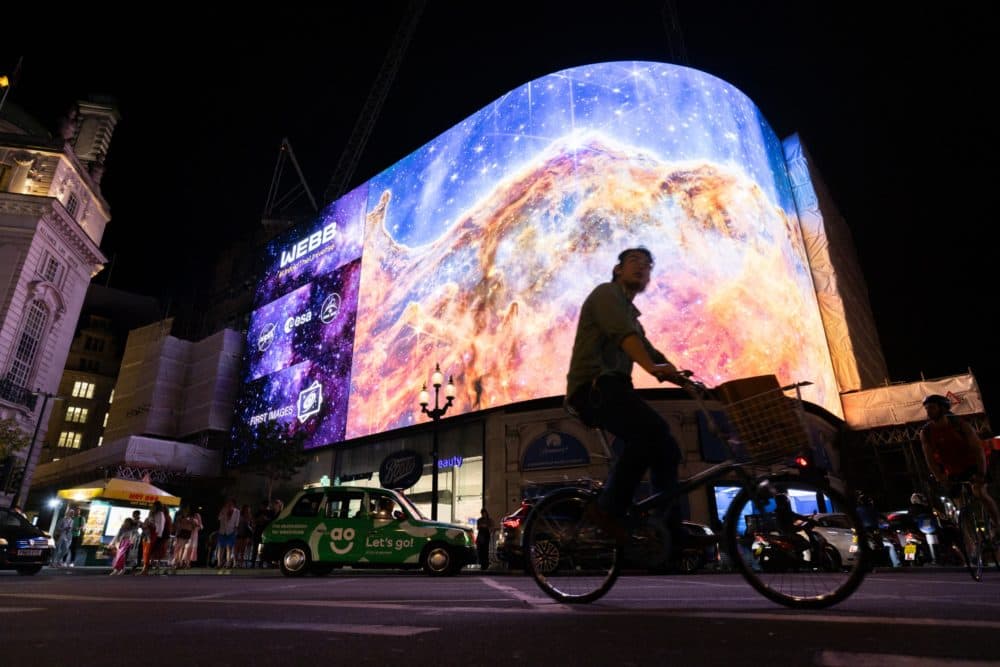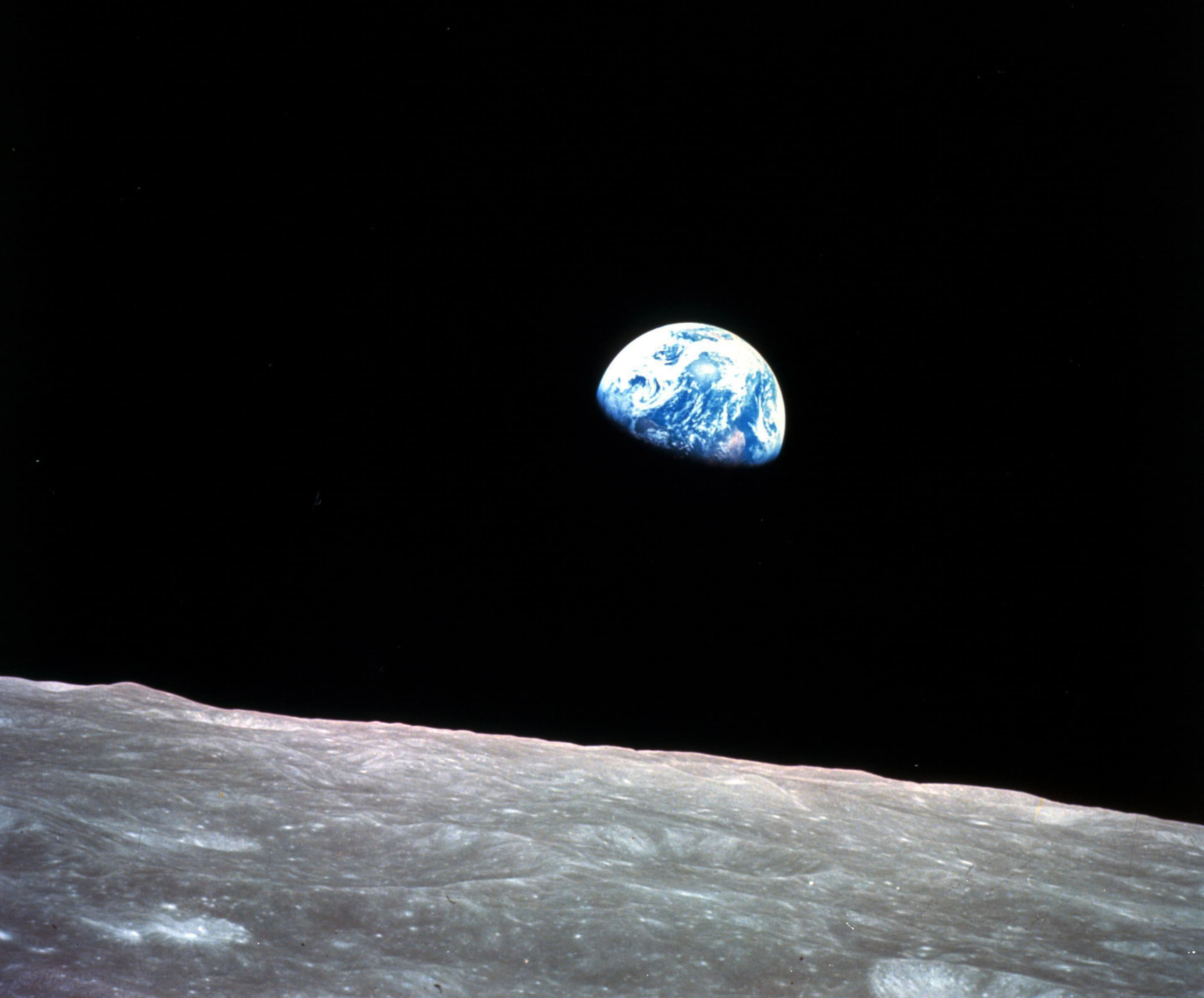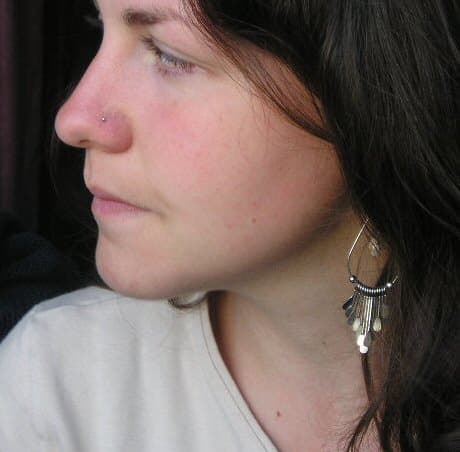Advertisement
Commentary
What the Webb telescope might tell us about ourselves

Last week, NASA released the first images from the James Webb Space Telescope, a $10 million project that launched the most powerful optical observatory ever created. Already, the telescope reveals new details about the origins of celestial bodies, galactic landscapes — and life itself.
The technological capabilities of the telescope will bring immeasurable knowledge and insight, especially about space exploration, potentially habitable exoplanets and mitigating climate change on Earth. Beyond that, the telescope represents the same fundamental desire that lies behind humanity's creation of robots, artificial intelligence, genetic modification and other advanced technology: the desire to understand ourselves and where we come from.
One of the Webb telescope’s unparalleled tools is its infrared (IR) cameras, which detect energy that humans can feel — but not see — as heat. These IR cameras reveal details previously hidden behind dust or gas clouds, as IR cameras have especially long wavelengths that don’t get scattered, absorbed or reflected back into the image by dust clouds. When we look at the universe from an infrared perspective — or compare images captured by Hubble to those from the Webb telescope — it seems, impossibly, even bigger and grander than before.
The barely-discernible spots in Hubble images that seemed like distant stars now appear as galaxies, some spiraling, some reaching toward another source of cosmic light, some stretched by space-time itself. One galaxy is over 13 billion light-years away, which means that the Webb image shows us what it may have looked like soon after the Big Bang. The telescope’s cameras see so far into space that they can see into the past.
It's difficult for humans to wrap their heads around the significance of glimpsing the beginning of everything. When we look at the cosmos in its infancy, we see the universe billions of years before humans were a glimmer in the universe's eye, back when any number of events could have altered the emergence of life on Earth.
The image of the Carina Nebula provides a look at a stellar nursery, an area where stars coalesce out of gas and dust and then emit energy that shaves away the nebula itself, making its walls appear like jagged cliffs — only they extend for some seven light-years. The Webb telescope not only captures the birth of stars, but also their last dances. Previous images of the Southern Ring nebula indicated just one star at its center, but a new image reveals two old stars expelling dust and gas that form the nebula around them. The younger, brighter star in the pair emits less material than the older one, which unbalances the orbital dance that stirs the nebular cloud into its asymmetrical shape.

The telescope can also help locate and obtain data about exoplanets, a task undertaken by Hubble and by the now-retired Kepler telescope, which identified over 2,600 planets outside our solar system in just under a decade. Webb’s instruments are so sensitive that they indicate not just if and where exoplanets exist, but also what comprises their atmospheres. The telescope detected water in the atmosphere of a giant gas planet 1,150 light-years away from Earth, which represents a significant advancement in finding potentially habitable planets, as well as helping us understand what makes exoplanets habitable — or not.
Among many other implications, the telescope images raise, again, the age-old question of whether humans are alone in the universe. The Webb images don't answer that one way or another (yet), but the telescope will aid scientists in that search and perhaps, more importantly, help us understand what's at stake either way. With its countless glittering galaxies, the Webb images remind us how massive space is and how statistically unlikely it is that Earth contains the only civilization in existence. The images reinforce a cosmic perspective that renders human destruction and fallibility irrelevant, which might come as a relief or as a disconcerting reminder of our ultimate insignificance.
Advertisement
On the other hand, since we still have no evidence of life elsewhere, the Webb images remind us of how miraculous life’s emergence on Earth is, especially if it arose nowhere else in the infinite universe. And if Earth — and the life it houses — is singular, then perhaps the telescope can help usher in a new era of environmentalism. If the iconic December 1968 “Earthrise” photo — the first photo showing the entirety of our planet — helped galvanize the creation of Earth Day (first celebrated in 1970) and the creation of the Environmental Protection Agency (1970), then who knows how the Webb discoveries might move us?

At a time when Earth is ravaged by conflict and disease, you might wonder what exoplanets, stellar nurseries, and death orbits have to do with us here on Earth. The answer, primarily, is context — a cosmic context. We learn about the births and deaths of celestial bodies that dwarf life on any human scale. Symbiotic relationships that have lasted for millions of years, forming nebulas so far away that the ability to see them makes us feel both godlike and infinitesimal at once. Humans are not (yet) part of the galactic worlds made visible by the telescope, which delivers a humbling message about our tiny corner of the cosmos and its fragility — and ours.
Carl Sagan famously said, “The cosmos is within us. We are made of star-stuff. We are a way for the universe to know itself.” It’s true — the elements in our bodies were created in stars over billions of years and lifetimes. And yet, while Sagan implies that studying the cosmos helps us learn about ourselves, he contextualizes that knowledge in terms of the universe “know[ing] itself.” Humans play a small role in a vast system that always has and always will operate whether we comprehend it or not. To learn about the cosmos is to learn about oneself, but not only about oneself. To focus outward is to focus inward — but all too often, the same cannot be said of the reverse.
The origins of humanity or even of biology itself aren’t the beginning of the cosmic story. Countless chapters precede them, including the story of how anything at all (and thus everything) came into existence. The Webb telescope isn’t a time machine in the science fictional sense, but it’s the closest humans have gotten thus far to making one. What we can learn from the telescope's images and data stands to eclipse our previous understanding of the universe we inhabit. The desire to learn where we come from sheds light on another important question: where we’re going next.
Correction: An earlier version of this story misstated the age of a galaxy in an image captured by the Webb telescope.
